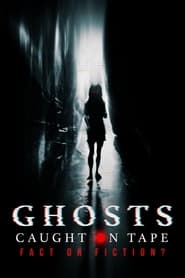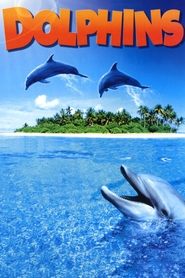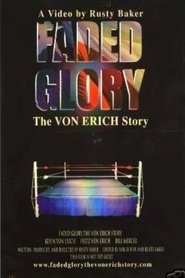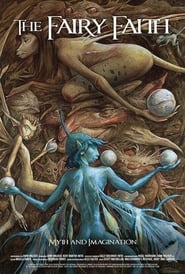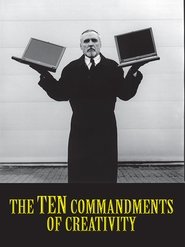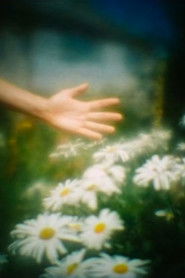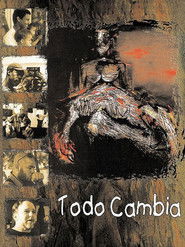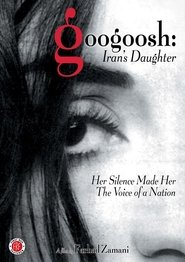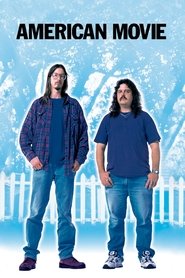New Documentary Movies on Apple iTunes - Page 426
-
Paradise Lost 2: Revelations
2000
star 7.1Revisiting the 1994 Arkansas murder of three 8-year-old boys and the three teenagers convicted of the crime. A follow up to Paradise Lost, Revelations features new interviews with the convicted men, as well as with the original judge and police investigators. -
Jeff Buckley: Live in Chicago
2000
star 7.5Jeff Buckley runs through a number of tracks from his debut album 'Grace', as well as idiosyncratic cover versions, at the Cabaret Metro in May, 1995. -
Ghosts Caught on Tape: Fact or Fiction?
2000
star 8An exploration of why people around the world believe ghostly phenomena are real and represent haunting spirits that are trying to contact the living. -
Amargosa
2000
Amargosa
2000
star 7.7The inspirational story of Marta Becket: 76-yr old singer, writer, dancer, painter, visionary, and her creation Amargosa. -
Freestyle: The Art of Rhyme
2000
star 6.9From neighborhood ciphers to the most notorious MC battles, "Freestyle: the Art of Rhyme" captures the electrifying energy of improvisational hip-hop--the rarely recorded art form of rhyming spontaneously. Like preachers and jazz solos, freestyles exist only in the moment, a modern-day incarnation of the African-American storytelling tradition. Shot over a period of more than seven years, it is already an underground cult film in the hip-hop world. The film systematically debunks the false image put out by record companies that hip-hop culture is violent or money-obsessed. Instead, it lets real hip-hop artists, known and unknown, weave their story out of a passionate mix of language, politics, and spirituality. -
Dolphins
2000
Dolphins
2000
star 5.8From the banks of the Bahamas to the seas of Argentina, we go underwater to meet dolphins. Two scientists who study dolphin communication and behaviour lead us on encounters in the wild. Featuring the music of Sting. Nominated for an Academy Award®, Best Documentary, Short Subject, 2000. -
Classic Albums: Bob Marley & the Wailers - Catch a Fire
2000
star 6.5The Wailers, featuring the legendary Bob Marley, Peter Tosh and Bunny Wailer, became the most influential band in the history of Reggae music. "Catch a Fire," their first Island album, released in 1973, introduced them to an international rock audience. The principal figures in the creation of the album tell the story of how this record was designed to "cross-over." The program features a unique interview and performance with Bunny Wailer, rare archive interviews with Bob Marley and Peter Tosh and contributions in words and music from many of those who performed, Rare home movies of the Wailers in Jamaica, unseen footage lots more. -
Gimme Some Truth: The Making of John Lennon's Imagine Album
2000
star 7.6An instant classic when released in September 1971, John Lennon's Imagine was the ex-Beatle's solo masterpiece, and its musical legacy is matched here by priceless footage of Lennon's creative process, independently edited from original 16-millimeter footage by producer-director Andrew Solt with the hands-off approval of Lennon's widow, Yoko Ono. Incorporating footage from John and Yoko's original film Imagine (clips of which were previously included in the 1988 documentary Imagine: John Lennon), Gimme Some Truth presents Lennon, Ono, coproducer Phil Spector, and a host of gifted musicians in a fluid context of conflict, community, and craftsmanship. Bearing witness to every stage of the recording process, this 63-minute documentary succeeds as a visual diary, a study of familiar music in its infancy, and a revealing portrait of the then-30-year-old Lennon--from witty clown to confrontational perfectionist--at the peak of his post-Fab Four inspiration. -
Faded Glory: The Von Erich Story
2000
This is the story of the ill-fated Von Erich family, almost all of whom died tragically before their time. Intercut with match and home video footage is an interview with Kevin Von Erich at his house, and an older interview with Fritz Von Erich. -
The Fairy Faith
2000
The Fairy Faith
2000
star 7Walker takes us on a personal journey into a world of myth and imagination that he learned from his grandmother. He travels from the Moors of Devon and the Highlands of Scotland to the brooding Celtic landscapes of Ireland and the intimate hills of Cape Breton, in his search of this potent “otherworld” of the imagination. -
The Ten Commandments of Creativity
2000
star 8Having struggled to crack his brief, Dennis Hopper decides the only honourable act is to throw himself off a roof. Before this final act, Sir Peter Ustinov appears and bestows the Ten Commandments of Creativity upon the desperate advertising executive. The Ten Commandments become a template to navigate the state of creativity. Featuring Tarantino, Jeff Koons, Sean Penn, and Malcolm McClaren. -
Paragraph 175
2000
Paragraph 175
2000
star 6.5During the Nazi regime, there was widespread persecution of homosexual men, which started in 1871 with the Paragraph 175 of the German Penal Code. Thousands were murdered in concentration camps. This powerful and disturbing documentary, narrated by Rupert Everett, presents for the first time the largely untold testimonies of some of those who survived. -
Camera Obscura
2000
Camera Obscura
2000
‘Camera Obscura’ is an experimental documentary which draws sounds and images from the Dartington Estate in Devon and constructs an idiosyncratic portrait. Verbal and textual definitions attempt to pin down what it is and play against elusive images. Archive material and re-invented historical events evoke the ethos of the past and combine with stories and contemporary details to illuminate the spirit of the place. -
Todo Cambia
2000
Todo Cambia
2000
A documentary that takes an in depth look at a government sanctioned art school in Cuba and its students. Interviews of various artists attending the school allow viewers a glimpse into their personal and professional lives. -
Coming to Light
2000
Coming to Light
2000
Coming to Light interweaves the story of Edward S. Curtis (1868-1952) life with the results of his work, and through it, we see the world he sought to preserve. Curtis was a driven, charismatic, obsessive artist, a pioneer photographer who set out in 1900 to document traditional Indian life. -
Googoosh: Iran's Daughter
2000
An impressionist feature-length documentary film, Googoosh: Iran's Daughter, aims to locate the "silenced" legendary Iranian pop singer/actress in the midst of Iran's social, political, and cultural transformation. -
Metallica and San Francisco Symphony: S&M
1999
star 8.6Michael Kamen conducts the San Francisco Symphony Orchestra in support of metal rockers Metallica in this 1999 concert performance. -
Metallica: Making of S&M
1999
Documentary featuring a look into the making of Metallica: S&M (1999), including behind the scenes footage, interviews with Metallica, Michael Kamen, the SF Symphony, and much more. -
American Movie
1999
American Movie
1999
star 7.6American Movie documents the story of filmmaker Mark Borchardt, his mission, and his dream. Spanning over two years of intense struggle with his film, his family, financial decline, and spiritual crisis, American Movie is a portrayal of ambition, obsession, excess, and one man's quest for the American Dream. -
Pitch People
1999
Pitch People
1999
star 10The art of the "pitch" and its role in society, as told by many of the pitch industry's greatest salesmen, including Arnold Morris, Sandy Mason, Lester Morris, Wally Nash and Ed McMahon as well as a look at the Popeil family.
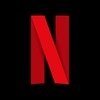 Netflix
Netflix
 Amazon Prime Video
Amazon Prime Video
 Apple iTunes
Apple iTunes
 Apple TV Plus
Apple TV Plus
 Disney Plus
Disney Plus
 Google Play Movies
Google Play Movies
 Paramount Plus
Paramount Plus
 Hulu
Hulu
 HBO Max
HBO Max
 YouTube
YouTube
 fuboTV
fuboTV
 Peacock
Peacock
 Peacock Premium
Peacock Premium
 Amazon Video
Amazon Video
 The Roku Channel
The Roku Channel
 AMC+
AMC+
 Kocowa
Kocowa
 Hoopla
Hoopla
 The CW
The CW
 Vudu
Vudu
 Starz
Starz
 Showtime
Showtime
 PBS
PBS
 Pantaflix
Pantaflix
 FXNow
FXNow
 Tubi TV
Tubi TV
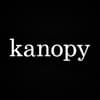 Kanopy
Kanopy
 Comedy Central
Comedy Central
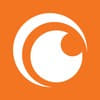 Crunchyroll
Crunchyroll
 Microsoft Store
Microsoft Store
 Redbox
Redbox
 Sun Nxt
Sun Nxt
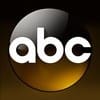 ABC
ABC
 DIRECTV
DIRECTV
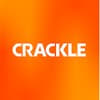 Crackle
Crackle
 Fandor
Fandor
 Plex
Plex


